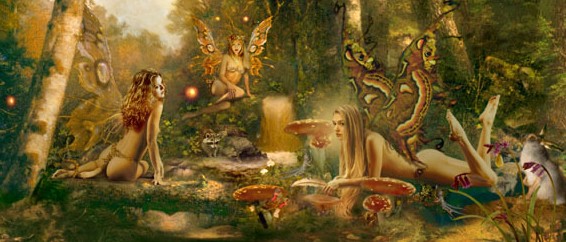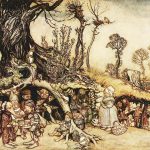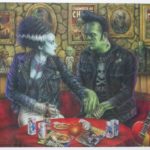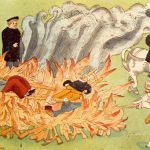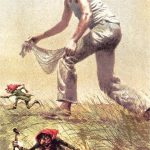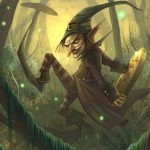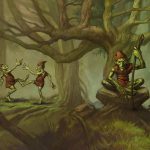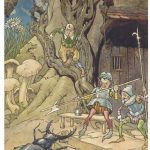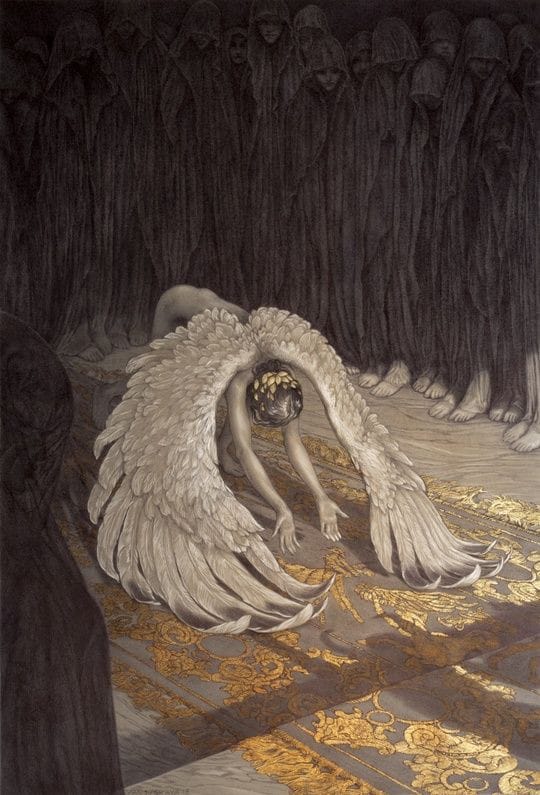
Fairies are generally described as human in appearance and having magical powers. Although in modern culture they are often depicted as young, sometimes winged, humanoids of small stature, they originally were depicted much differently: tall, radiant, angelic beings or short, wizened trolls being some of the commonly mentioned.
Diminutive fairies of one kind or another have been recorded for centuries, but occur alongside the human-sized beings; these have been depicted as ranging in size from very tiny up to the size of a human child. Even with these small fairies, however, their small size may be magically assumed rather than constant.
Wings, while common in Victorian and later artwork of fairies, are very rare in the folklore; even very small fairies flew with magic, sometimes flying on ragwort stems or the backs of birds. Nowadays, fairies are often depicted with ordinary insect wings or butterfly wings.
Various animals have also been described as fairies. Sometimes this is the result of shape shifting on part of the fairy, as in the case of the selkie (seal people); others, like the kelpie and various black dogs, appear to stay more constant in form.
Astral body
The Reverend Robert Kirk, Minister of the Parish of Aberfoyle, Stirling, Scotland, wrote in 1691:
“These Siths or Fairies they call Sleagh Maith or the Good People…are said to be of middle nature between Man and Angel, as were Daemons thought to be of old; of intelligent fluidous Spirits, and light changeable bodies (lyke those called Astral) somewhat of the nature of a condensed cloud, and best seen in twilight. These bodies be so pliable through the sublety of Spirits that agitate them, that they can make them appear or disappear at pleasure” – from The Secret Commonwealth of Elves, Fauns and Fairies.
Theosophists believed that devas, nature spirits, elementals (gnomes, ondines, sylphs, and salamanders) possess etheric bodies that are composed of etheric matter, a type of matter finer and more pure that is composed of smaller particles than ordinary physical plane matter. These fairies can be observed when the third eye is activated.
Deformities
Often one could identify a member of the fairy race by certain deformities on their persons. In the highlands of Scotland, for instance, fairy women often had either one nostril, or no nostril at all. They were also known for their preternaturally long breasts, which they threw over their shoulders (and indeed, this defect was found in fairy women across Europe). Some had deer’s hooves, hidden below their long green dresses.
In the Scandinavian countries, the huldre-folk were often beautiful from the front, but hollow in the back. Thus a man enchanted by their magic and music could, if he still had his wits, say, `Turn round, fair maid, and let me see your back’; the elle-woman would either vanish or turn around, and so would the enchantment be broken. Others had backs that were rough as pine cones. Some of the huldra women had cow tails, which were hidden under their dresses.
